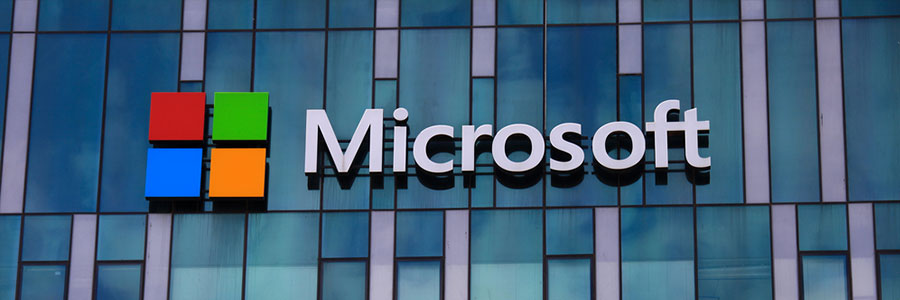The first major Windows 10 update in 2019 started rolling out in late May, and it is packed with a raft of tools and apps to enhance user experience as well as productivity and efficiency. Here are some of the most notable changes that come with the update.
Top features in Windows 10 May 2019 Update
Office 365 simplifies calendar sharing
Better ransomware protection with Windows 10

In 2018, ransomware was the biggest malware threat to businesses worldwide. Experts say it’s not likely to go away soon. But thanks to Windows 10’s beefed-up security features, you can easily secure your business from the dangers of ransomware.
Controlled Folder Access
This feature allows you to list certain documents and folders as “protected.
Open-source or proprietary VoIP: A guide
Boost productivity with these Outlook tips
Take notes the modern way with OneNote
The risks posed by Windows 10 bloatware

Have you bought a new PC or laptop recently? Don’t be too impressed by so-called value-added pre-installed software, as these take up storage space and use up processing power. More than this, a new report shows that free trial versions of browser toolbars, video games, and antivirus programs can make you vulnerable to cybersecurity threats.
Android: Comparing Office 365 and Google Apps

There are so many variables to consider when choosing a software solution, especially now that cloud-based options run on mobile devices. If you’re choosing between Office 365 and Google Apps for productivity software, understanding what they’re capable of on an Android phone or tablet could make the choice much easier.
Hangouts Meet vs. Skype for Business
Workplace Analytics evaluates employees’ productivity

Measuring productivity is an important process in an employee’s performance evaluation. Previously, Microsoft’s Office 365 had MyAnalytics, a tool for employees to monitor their own performance. But Microsoft improved on it with Workplace Analytics, which now allows managers to also view and evaluate their staff’s productivity.






